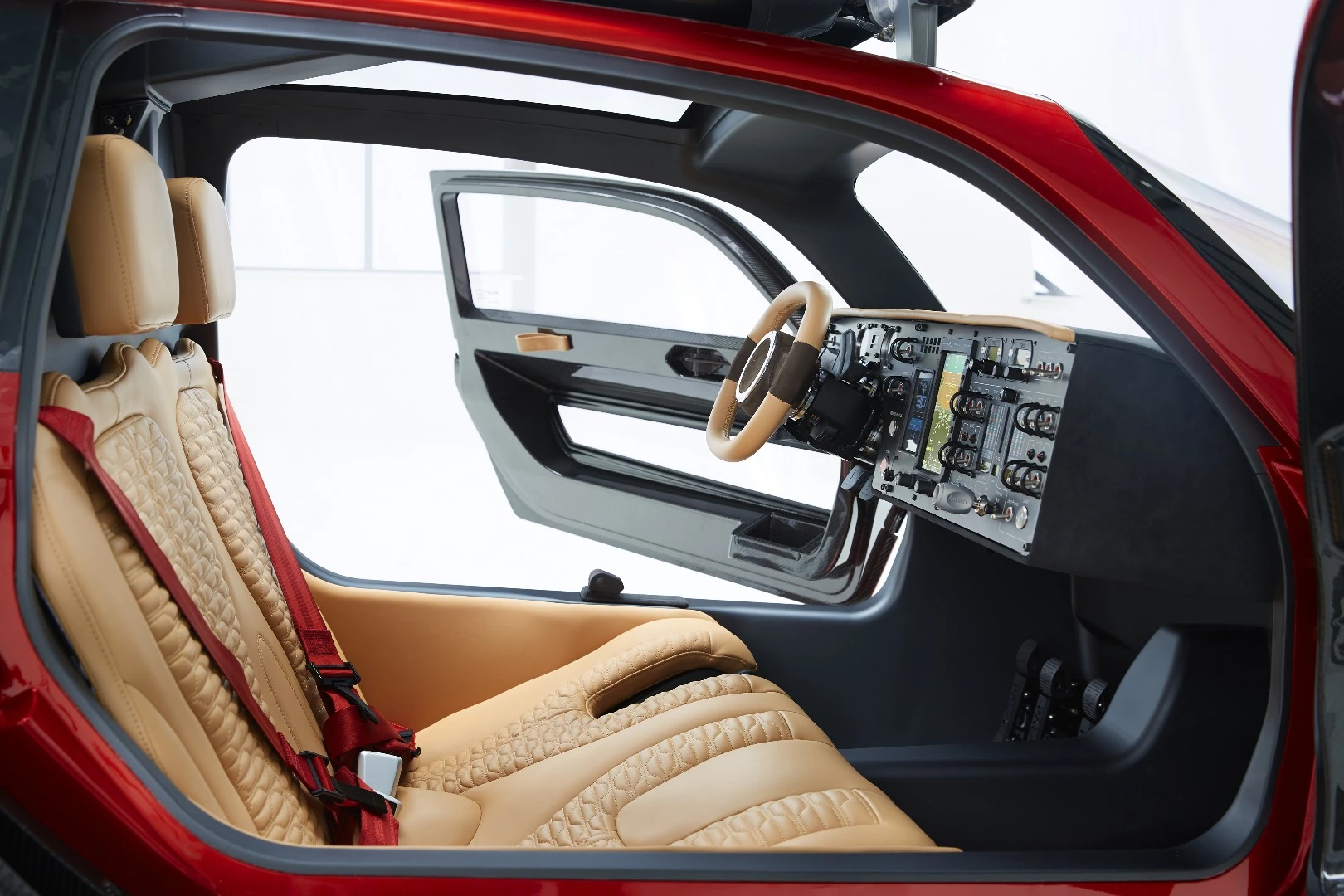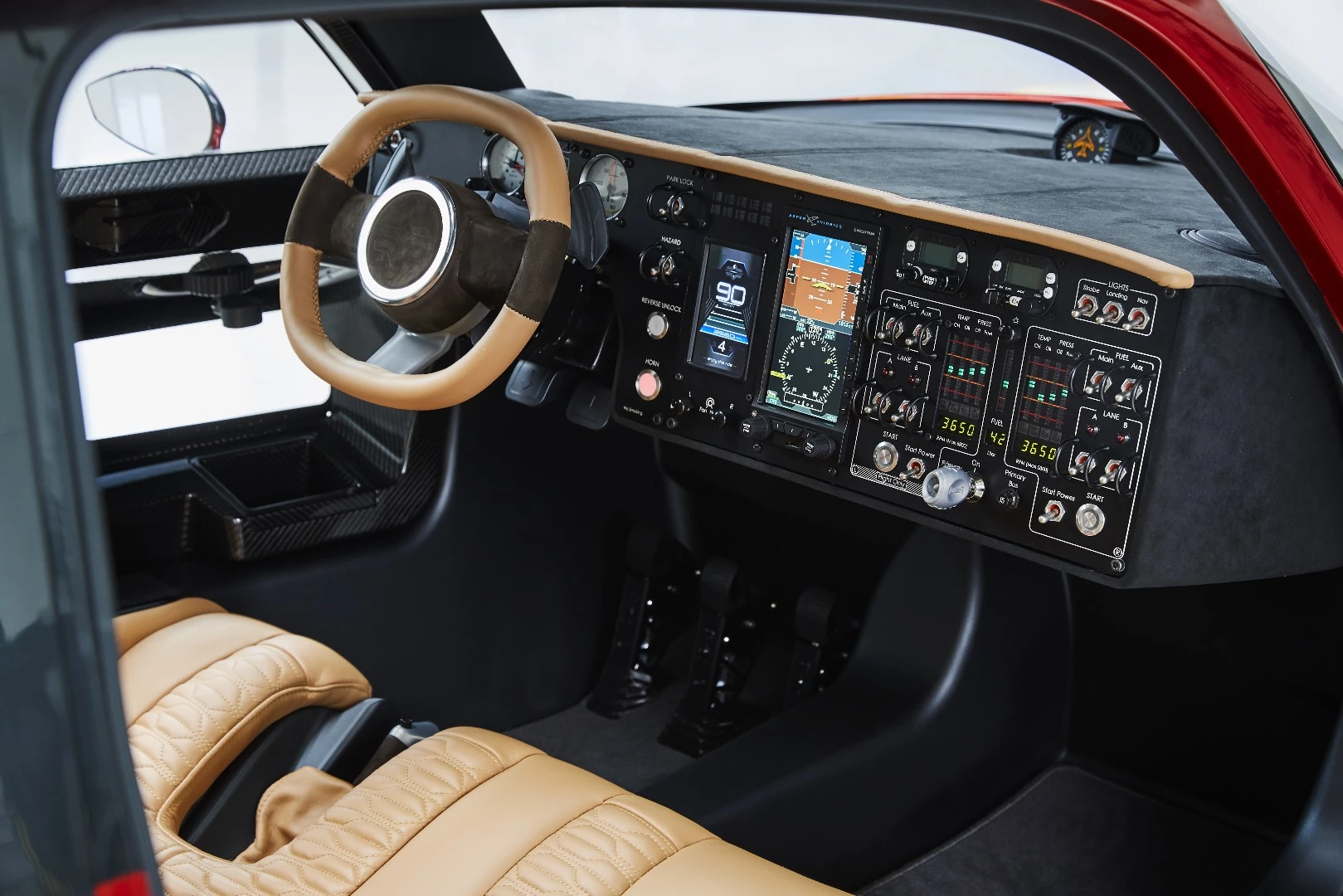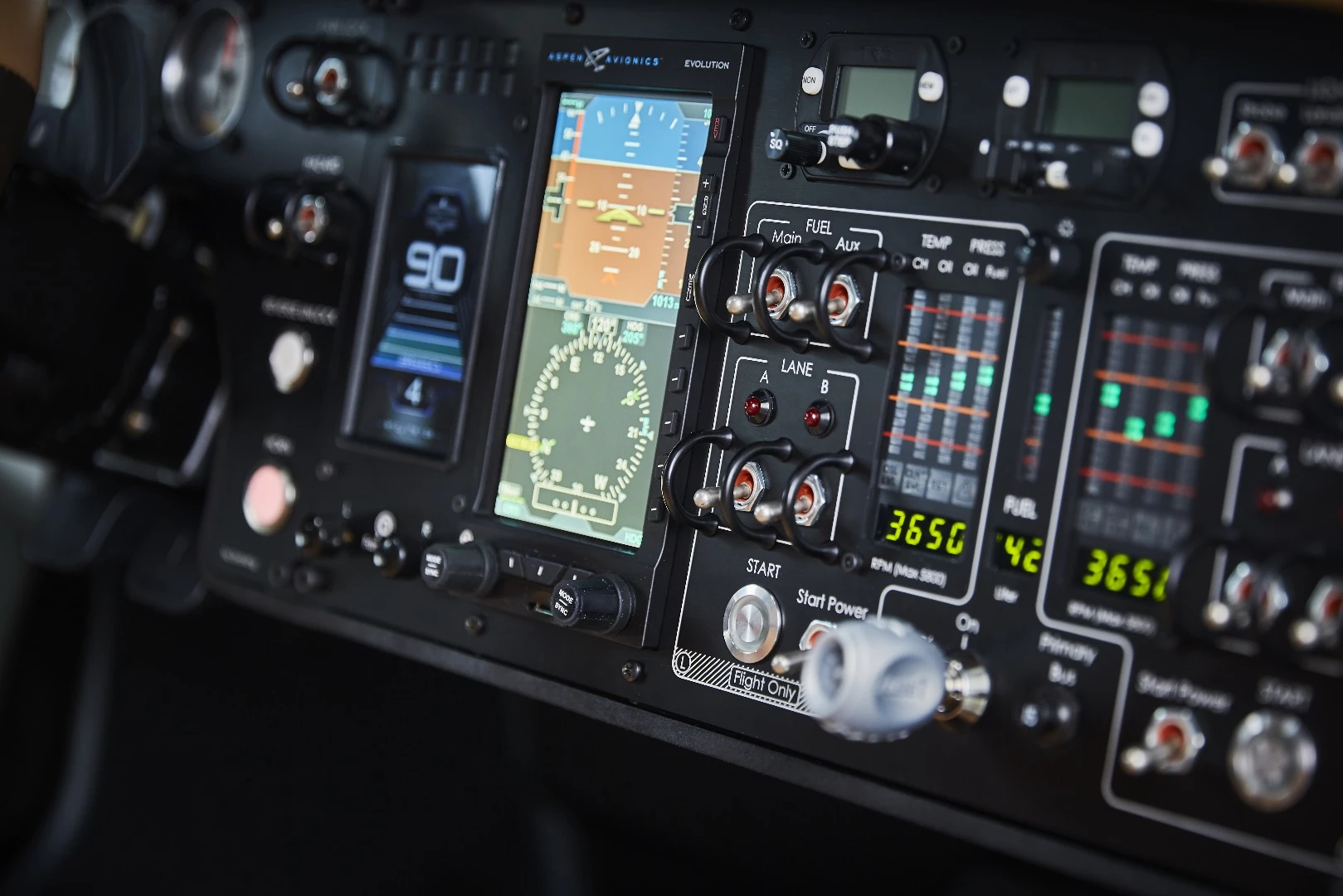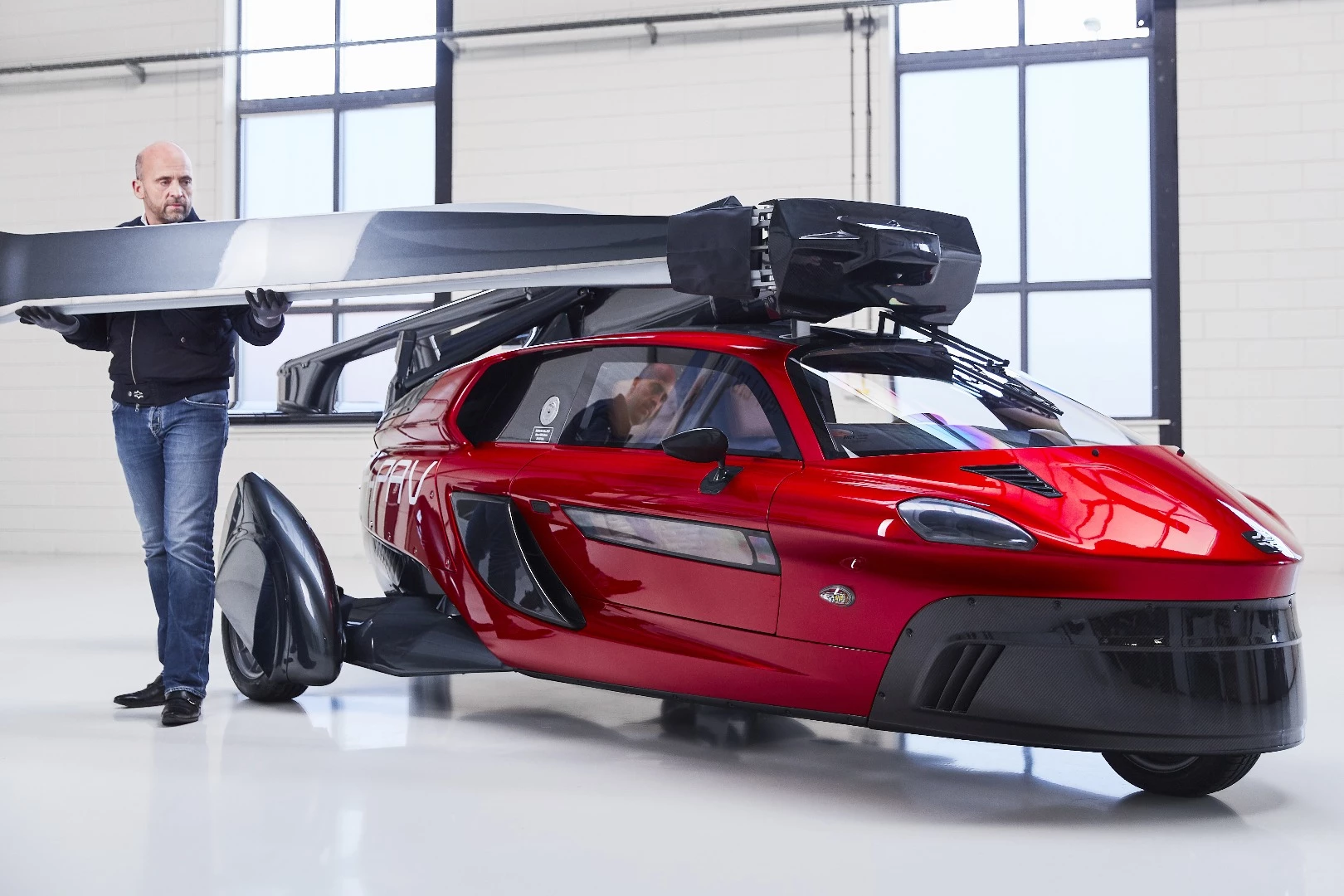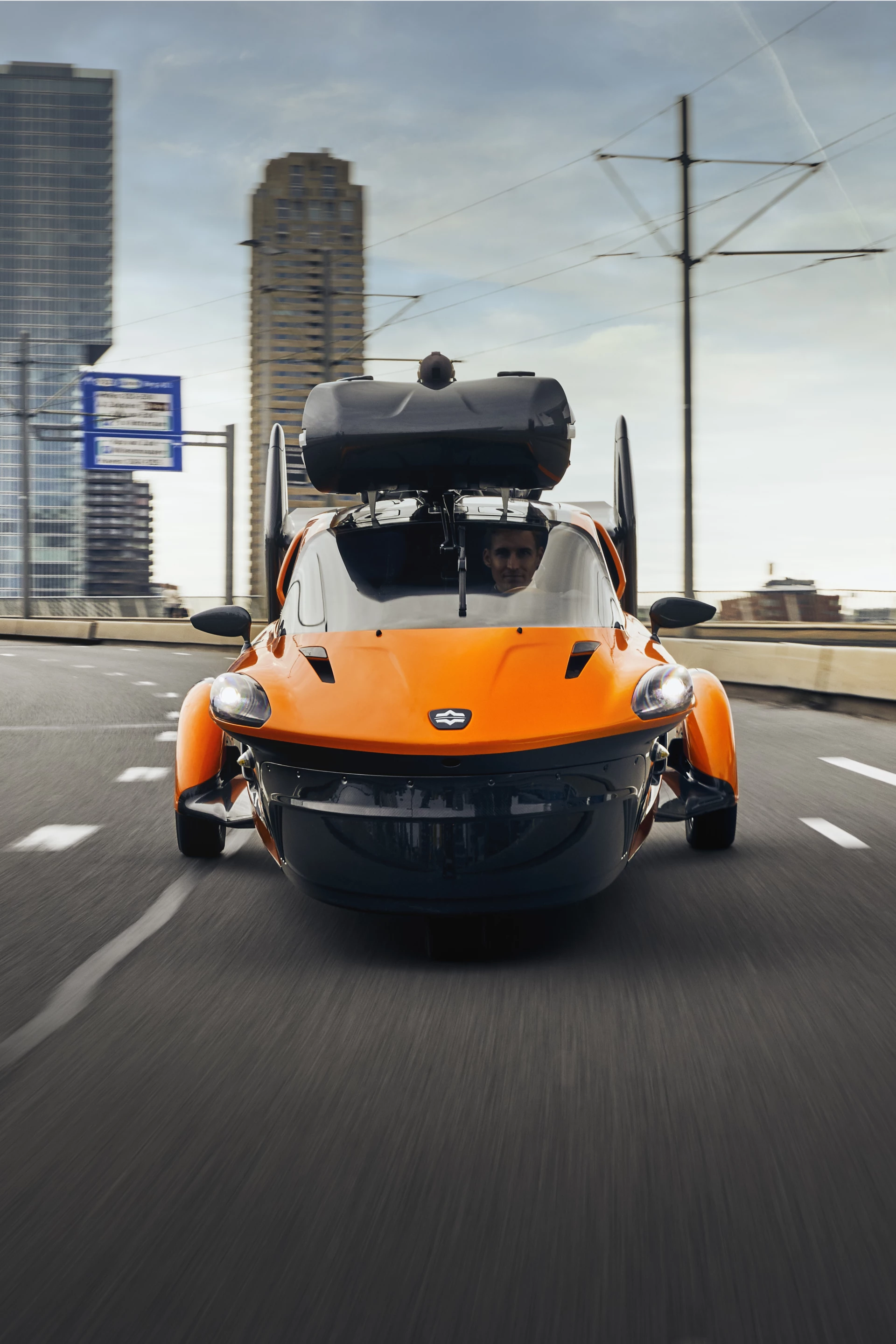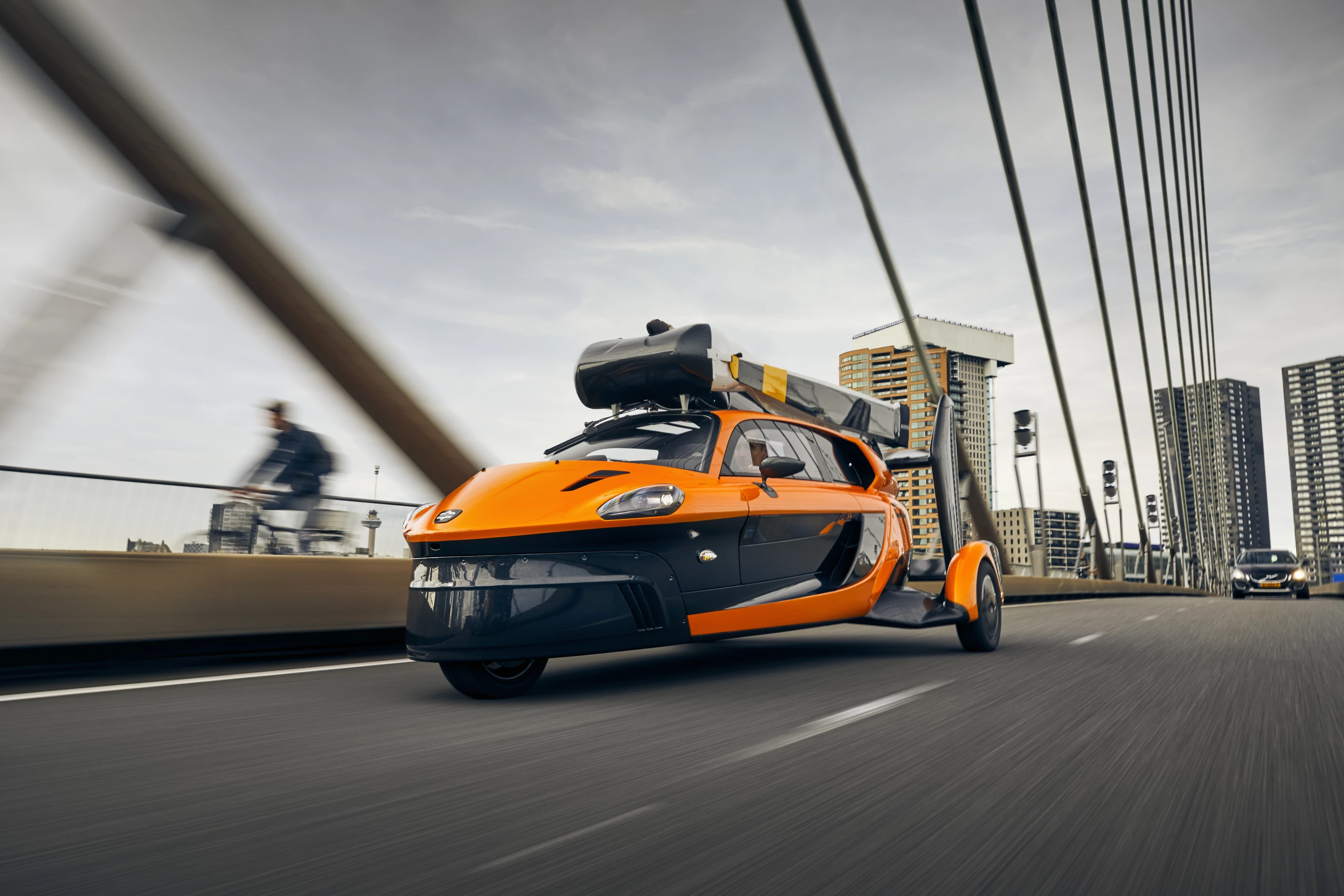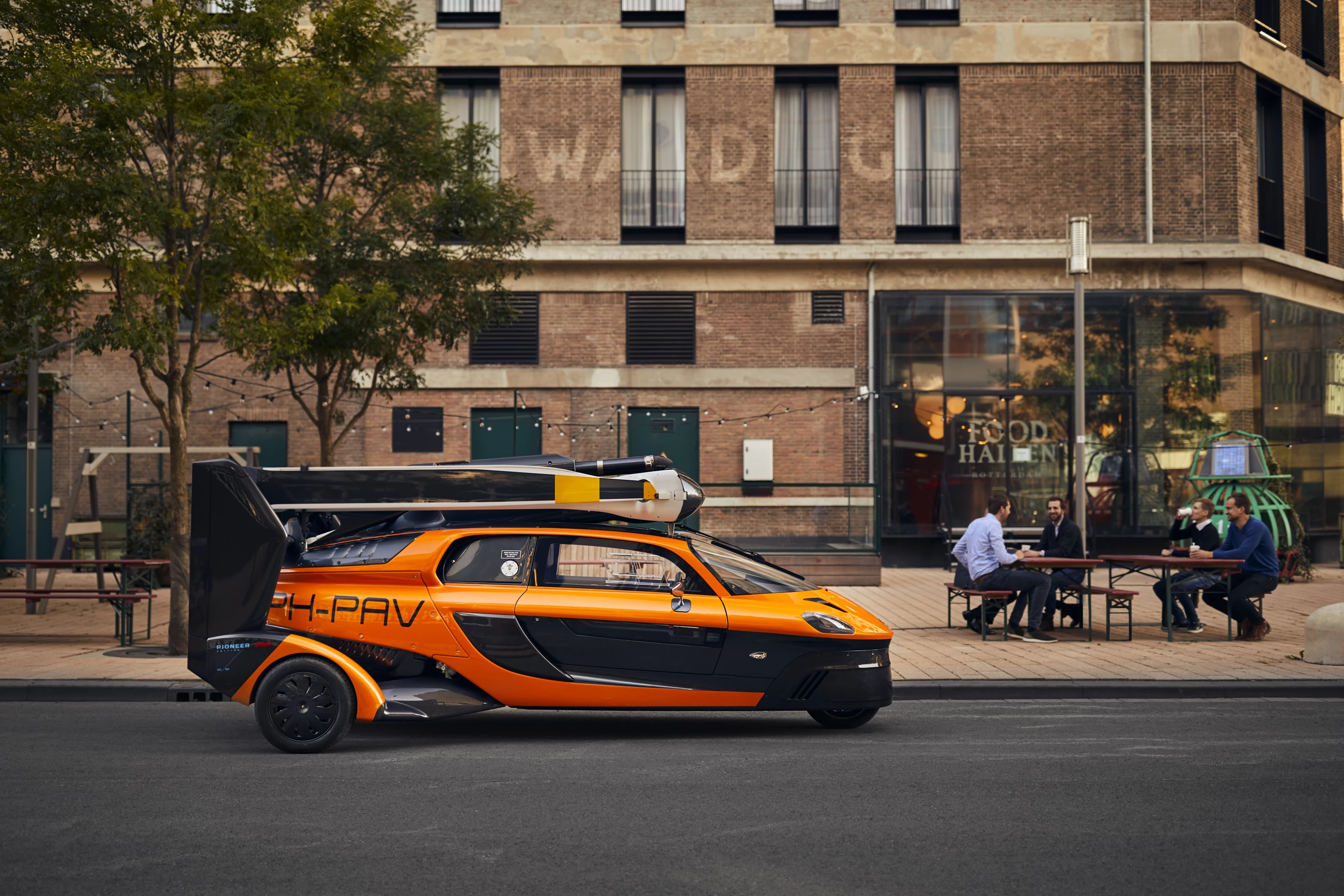Dutch company Pal-V has celebrated a milestone for its Liberty vehicle, which it describes as the world's first production-model flying car. A high-performance trike that converts into a gyrocopter, the Liberty has been street-approved in the EU.
Registration and certification are an under-discussed challenge for people who are trying to make multi-mode three-dimensional vehicles a full-production reality. It's expensive enough to certify a new production street vehicle or a new aircraft, let alone having to jump through two sets of hoops for one low-volume product that tries to do it all. It's a brutally long tunnel of (perfectly necessary) legislation to get through, but Pal-V is starting to see some light after 20 years of work.
The Liberty is a three-wheeler, both to save weight in the air and because the category is easier to street-certify than a four-wheeled car. It's not a bad compromise, you still get a reasonably stable ride with a roof over your head. And it'll certainly turn heads; the folded-up top rotor and large retracted tail fins make it look a bit like half a McLaren loaded up with gear for some weird snow sport that hasn't been invented yet.
In road mode, with an unspecified but grunty-sounding 100-horsepower engine, Pal-V says it'll do 100 mph (160 km/h), and a 0-62 mph (0-100 km/h) sprint in less than nine seconds. Feel free not to be too whelmed; pigeons ain't great sprinters either, but the whole flying thing makes up for it somewhat.
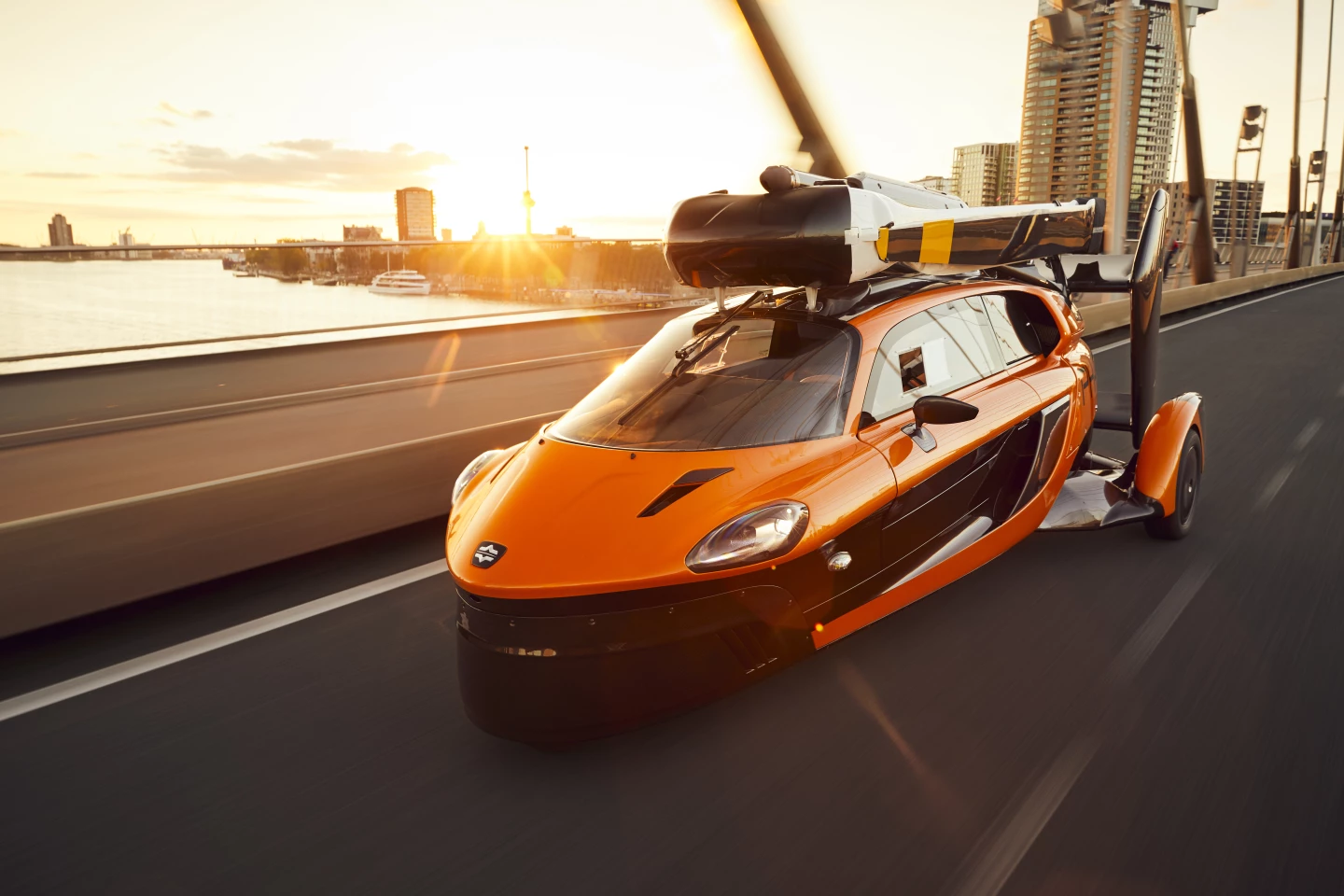
In flight mode, it's a two-seat gyrocopter with a pusher prop on a separate 200-hp motor and a large top rotor that spins slowly and freely up top. It can take off using as little as 330 m (1,000 ft) of runway, reaching a maximum speed of 112 mph (180 km/h) in the air at altitudes up to 11,480 ft (3,500 m), and landing on as little as 30 m (100 feet) of runway. Its 26.4-gallon (100-liter) fuel tank gives it an impressive endurance of 4.3 hours in the sky, offering a range around 310 miles (500 km) with a half hour's reserve in the tank. You can get even further on the ground, up to 817 miles (1,315 km).
The process of converting it from street to sky modes looks a little cumbersome, but can be achieved in a couple of minutes. It appears to involve attaching the folding pusher prop, unlocking and pulling out the tail fins and then raising up the main rotor using electric servos.
Production prototypes have been testing on tracks for most of 2020. Now Pal-V says, "recently the Liberty passed the stringent road admission tests and now is allowed on the streets with an official license plate," having passed high-speed oval driving tests, braking, emission and noise tests among others.

In a press release, Pal-V CTO Mike Stekelenburg said, "We have been cooperating with the road authorities for many years to reach this milestone. The excitement you feel in the team is huge. It was very challenging to make a “folded aircraft” pass all road admission tests ... I feel the energy and motivation in our team to push hard for the last few milestones and get the Liberty certified for flying too."
Indeed, Pal-V has had prototypes in the air since 2012, and the Liberty has been undergoing the torturous process of EASA aviation certification for five years at this point. According to the company, "over 1,200 test reports need to be completed before the final 150 hours of flight testing can take place," and currently that's expected to keep these guys busy until at least 2022.
Once it passes that test, Pal-V can start delivering to customers, who will need not just a driver's license but a gyroplane license as well. Some early buyers are apparently already doing some flight training with the company.
We look forward to seeing these odd-looking transforming multi-moders clearing their final hurdles and hitting the market for real. As much as anything, we want to see what they actually get used for. Check out the Liberty looking super weird on the street in a short video below.
Source: Pal-V






